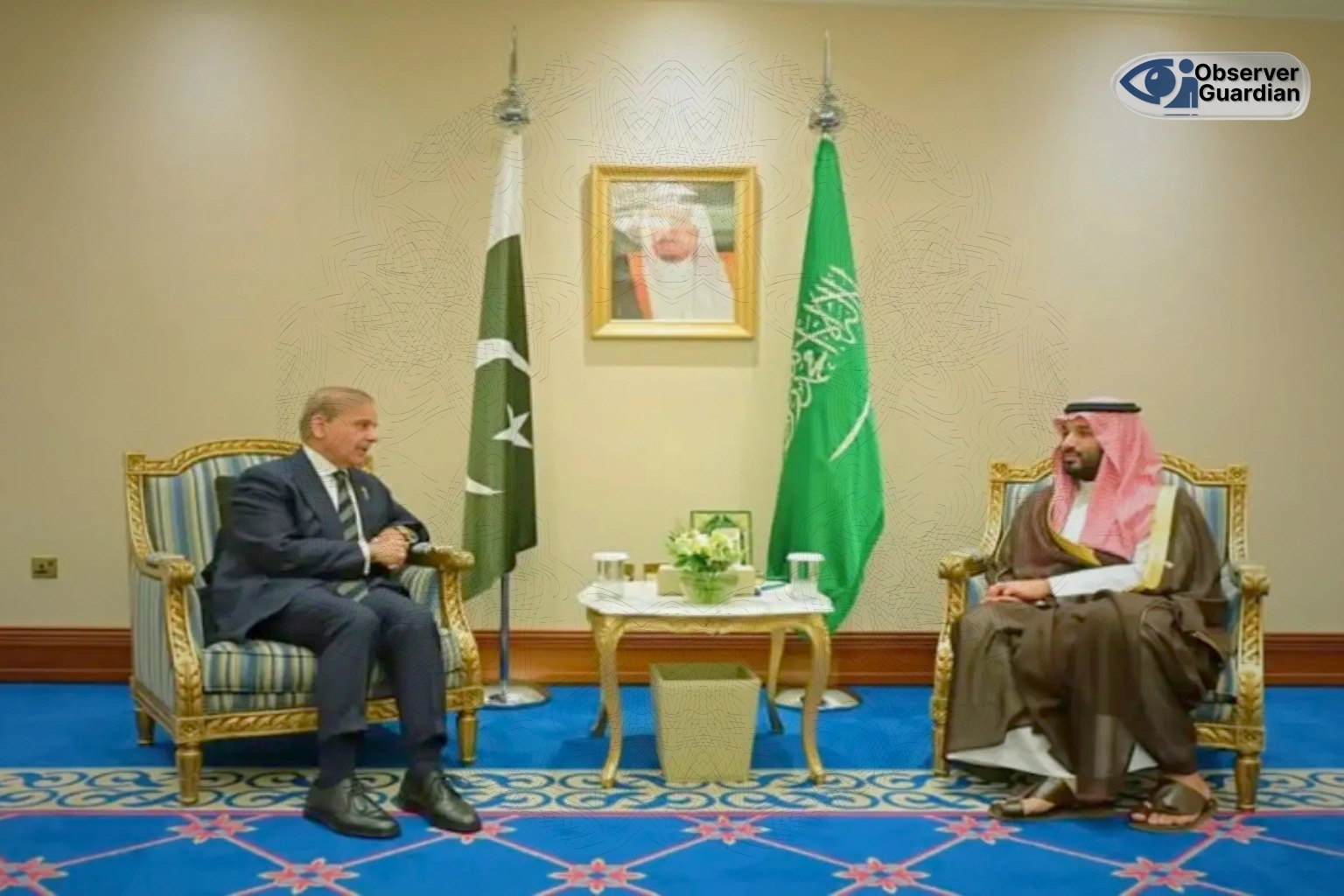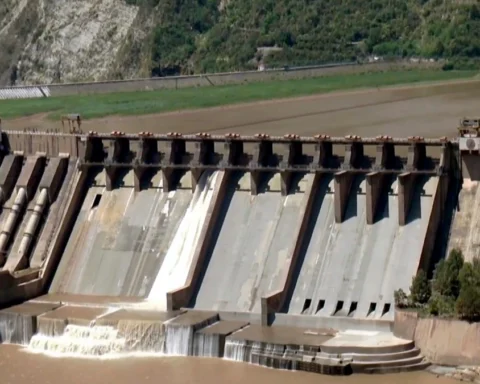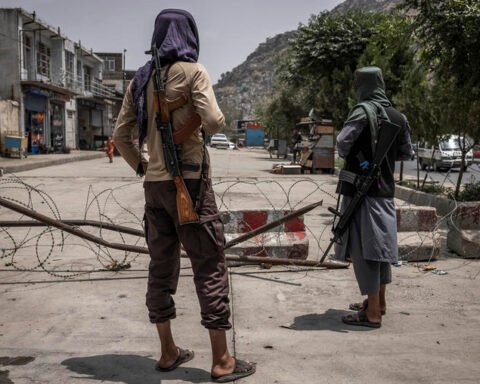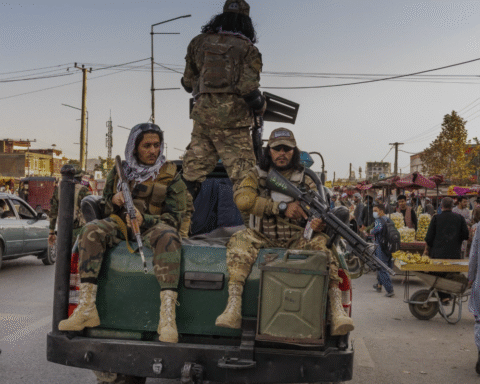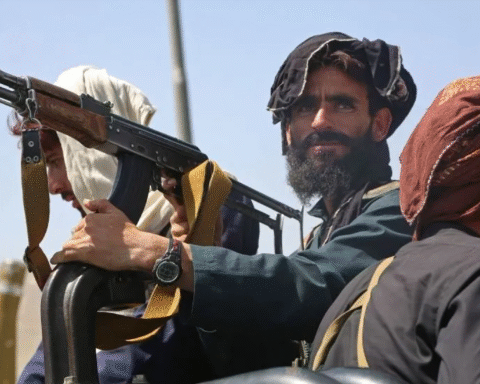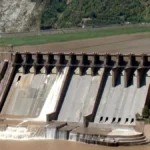Symbolism, Strategy, and Regional Balancing
Why This Pact Matters?
The Saudi Pakistan defense pact that Andrea Sanki’s panel discussed is one of those stories that sounds dramatic at first “an attack on one is an attack on both” but when you dig into it, it is more complicated. The conversation between Tim Wilsy, Usma Kardar, and Khaled Almina really showed how each side is reading this agreement differently, and why it matters less for what it does than for what it signals.
Tim Wilsy, speaking from London, started by saying the timing is not random. He linked it to two flashpoints, an Israeli strike in Qatar and a May clash between India and Pakistan.
For Pakistan, that timing is not just about friendship, it is about deterrence. It gives them a way to show India they’re not isolated. For Saudi Arabia, it’s about broadening their security network, since they’ve learned over time that the US cannot always be counted on. In a way, both sides are covering their bases.
Wilsy also pointed out something that tends to get lost in the headlines, that Saudi Arabia would not risk its relationship with India. Their ties are built around business, energy, and investment, and no defense pact is going to make Riyadh throw that away. The deal, he said, offers Pakistan a bit of psychological reassurance rather than a full military shield. It is unlikely that Saudi jets would ever be scrambled to help Pakistan in a conflict. Still, even symbolic deterrence can make a difference if it changes how India calculates its risks.
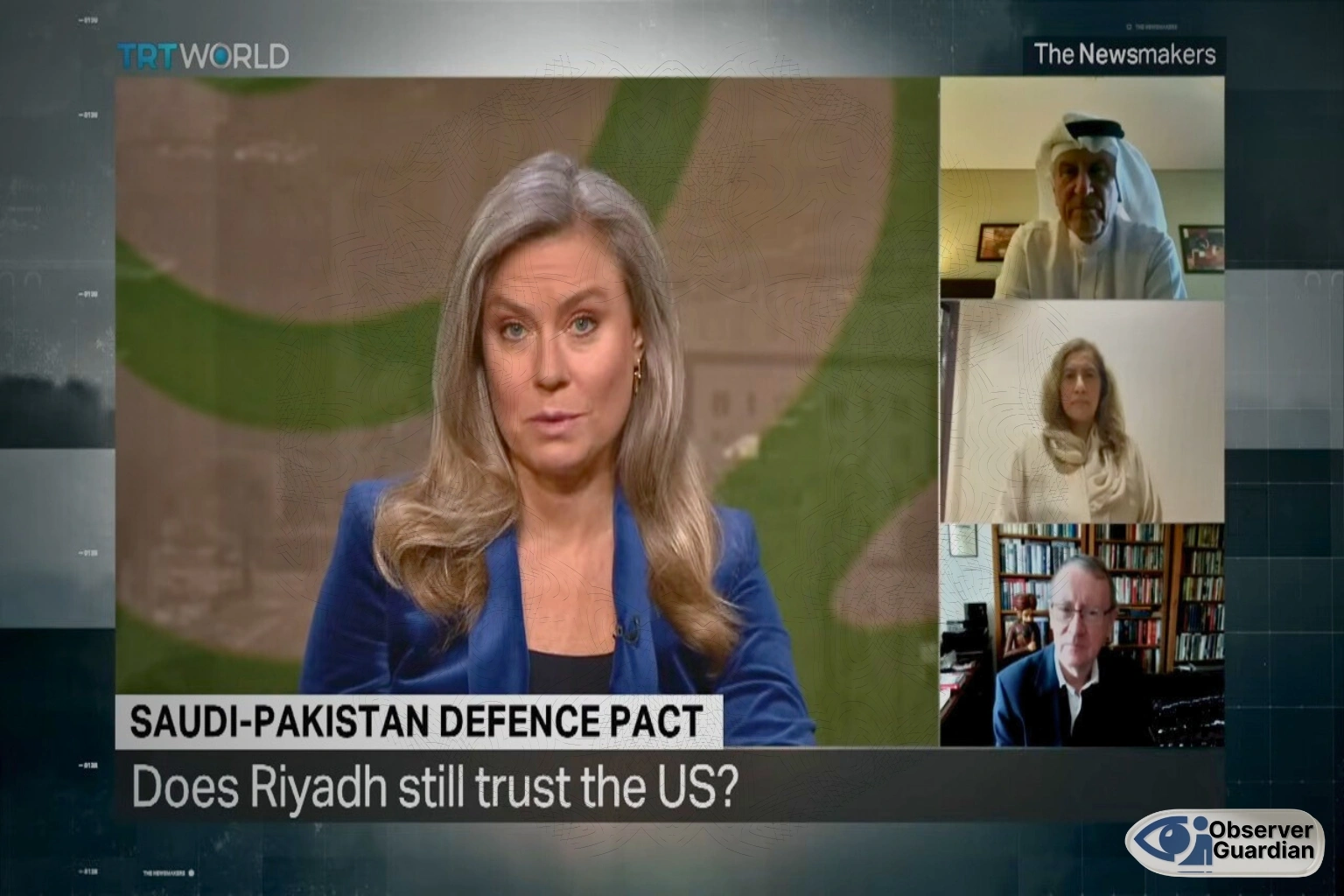
Different Perspectives, Shared Goals
Usma Kardar, who spoke from Pakistan, took a much more confident tone. She called the pact a victory lap, proof that Pakistan is strong, respected, and at the center of regional security again. She declared that there should be no concern about nuclear weapons and Pakistan is a responsible nuclear power. When she compared the pact to NATO’s Article 5, the “attack on one is an attack on all” clause, she elevated the deal into a global model of solidarity. She also mentioned intelligence sharing and joint procurement, which makes it sound more institutionalized than symbolic.
Khaled Almina, the Saudi journalist, sounded more measured. He said the pact is not about picking sides and made a point of noting that Saudi Iran relations have been improving. He also emphasized that the kingdom’s dealings with India are mostly commercial, and that Western commentators tend to exaggerate any Saudi Iran rivalry. For him, the real story is about Saudi Arabia wanting to modernize its defense relationships without being tied too tightly to Washington. His tone reflected Saudi Arabia’s new approach, to work with everyone when it suits you and not burn bridges unnecessarily.
Wilsy came back later to say that while the pact has symbolic value, it does not create real military dependence. Pakistan would not go to war for Saudi Arabia, and Saudi Arabia would not fight India for Pakistan. Both countries have their limits. What the deal really gives them is a bit of political breathing room. Pakistan gets investment and a sense of security, while Saudi Arabia strengthens its image as a regional leader.
The broader picture involves the US, Israel, and the balance of power in the region. Wilsy did not think Washington would see this as a threat.
If anything, the US likes it when its allies cooperate, especially if that cooperation reduces its own costs. As for Israel, there is no real danger of conflict with Saudi Arabia right now, despite all the speculation. Riyadh is focused on defending itself and keeping options open, not starting fights.
The conversation ended with a realistic note. Wilsy said the pact will probably never be “enacted” in a literal sense. There is no imminent scenario where it kicks in, but it still matters politically. It shows that Saudi Arabia and Pakistan are thinking more independently, relying less on traditional Western alliances, and trying to manage an increasingly unstable neighborhood together.
If you take a step back, this agreement feels like a mix of symbolism and strategy. It would not change the military balance overnight, but it sends a clear message that Pakistan and Saudi Arabia want to look strong, connected, and self-reliant. For Pakistan, it is reassurance after a tense year with India. For Saudi Arabia, it is another move in its long term plan to diversify partnerships and project leadership in the Muslim world.
So, while it is easy to call it a “game changer”, it is probably more accurate to see it as a calculated statement and a piece of geopolitical theater that gives both countries some leverage and confidence, even if the chances of it being tested in a real war are slim.
⚠ Disclaimer
The views and opinions expressed in this article are exclusively those of the author and do not reflect the official stance, policies, or perspectives of the Platform.

